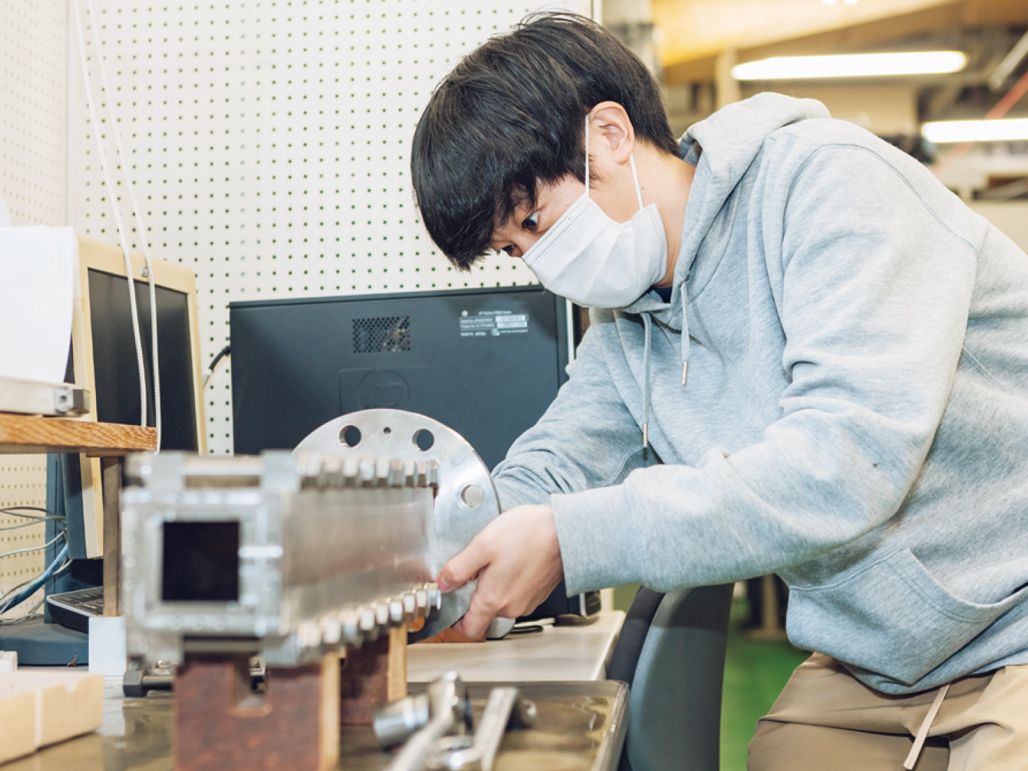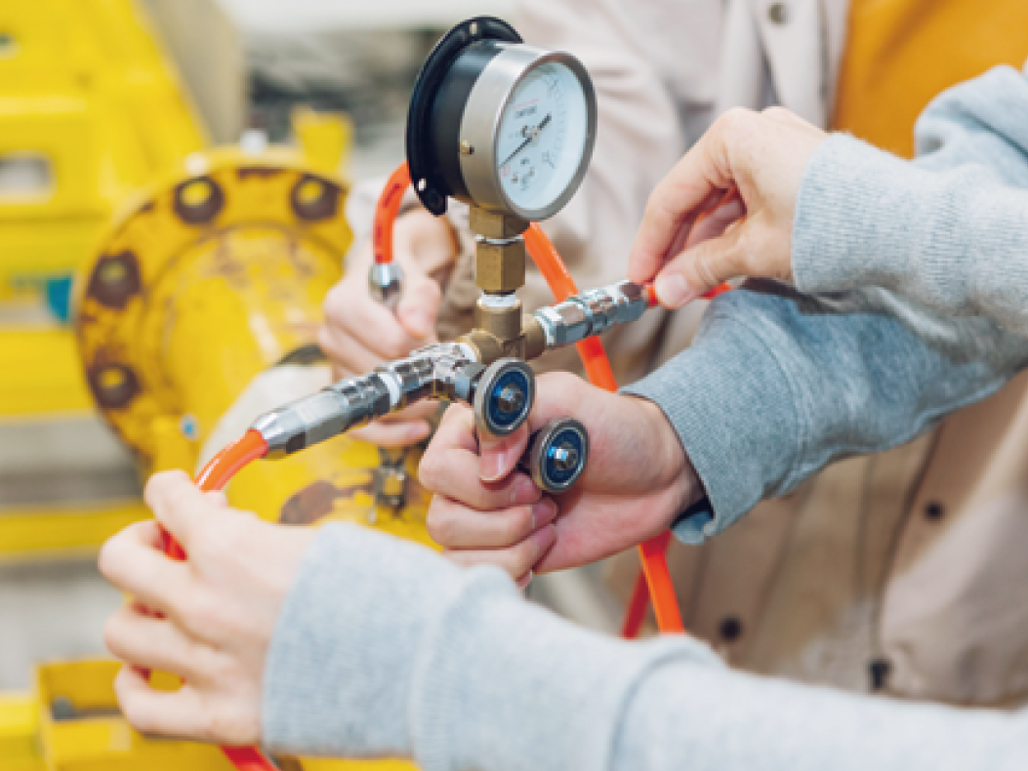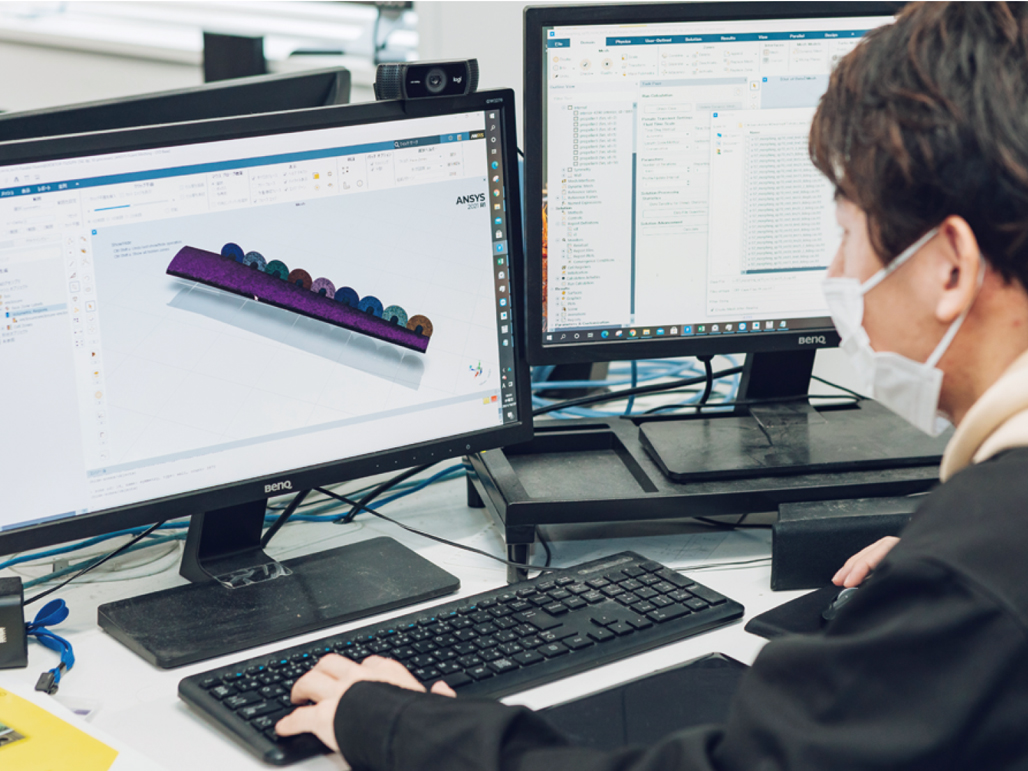ジェミンスカ研究室(機能創造理工学科))
Aerospace and Combustion Laboratory
Aerospace and Combustion Laboratory
ジェミンスカ エディータ 准教授

In this laboratory we are mainly dealing with challenges of compressible flow. Students are working with a shock tube to experimentally verify how hypersonic shock waves (faster than five times the local speed of sound) are going to behave in Mars-like atmosphere. To be able to see such a fast-speed phenomenon high-speed camera and laser are used. This research is important for the future space flights to other planets. We are also able to model shock waves using a special calculation code developed in our laboratory. The code can simulate detonation problems as well, and results are employed to improve safety when using reactive gasses. Our interest are mixtures of hydrogen as a fuel. Such a reactive hydrogen mixture is used to power rotating detonation engine (RDE) which is being tested in our laboratory. RDE may be the future space propulsion as demonstrated by JAXA recently. Since RDE reaches very high temperatures we are trying to solve a problem of cooling the engine so that the metal structure will not melt. Students also work on developing a UAV, which utilizes distributed power system. We aim to use this UAV to fly over and monitor areas that are difficult to reach by humans, like for example the site of Fukushima power plant. Our laboratory is keen on clean energy, that is why we partner with a few other professors to be help solving energy issues in remote areas of Japan.
-
 Student assembling shock tube.
Student assembling shock tube. -
 Students developing calculation code.
Students developing calculation code. -
 Preparation for leaking test.
Preparation for leaking test. -
 Student designing high-lift device on a wing.
Student designing high-lift device on a wing.
研究例
-
Hypseronic shock waves in CO2We study how hypseronic shock waves are going to behave in Mars-like atmosphere with experiment and numerical analysis.
-
The distributed propulsion system on a morphed wingStudents are creating models of wings and analyzing parameters to find out which configuration gains more lift.










 物質生命理工学科
物質生命理工学科
 機能創造理工学科
機能創造理工学科
 情報理工学科
情報理工学科
